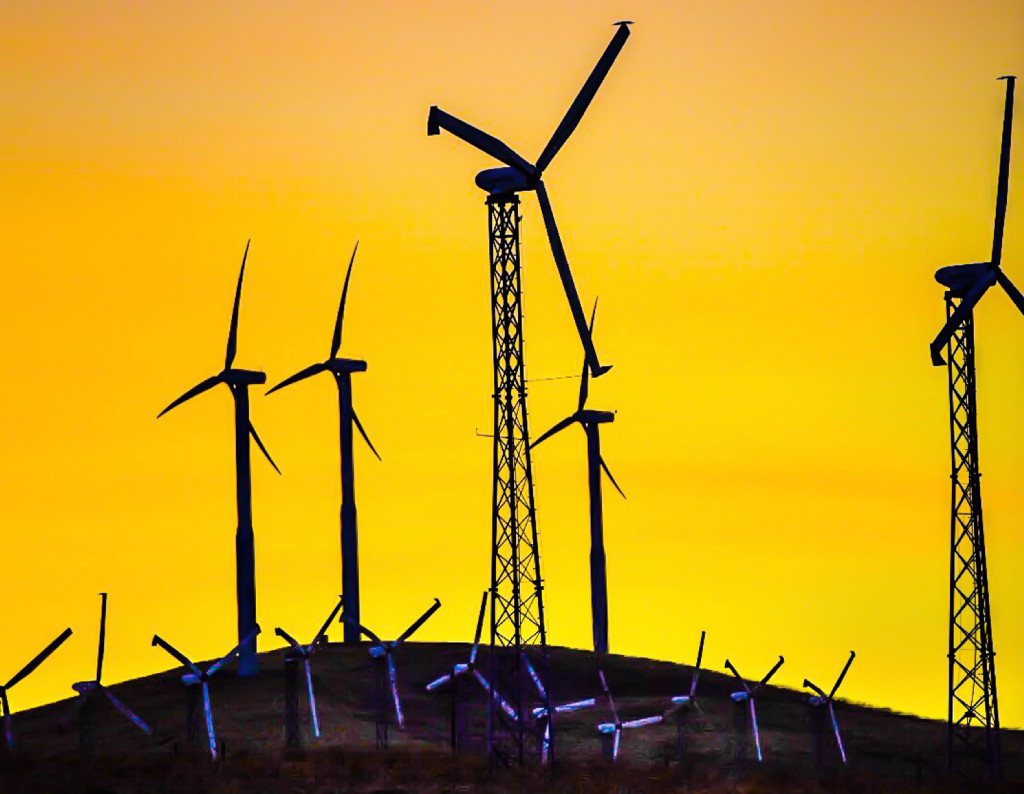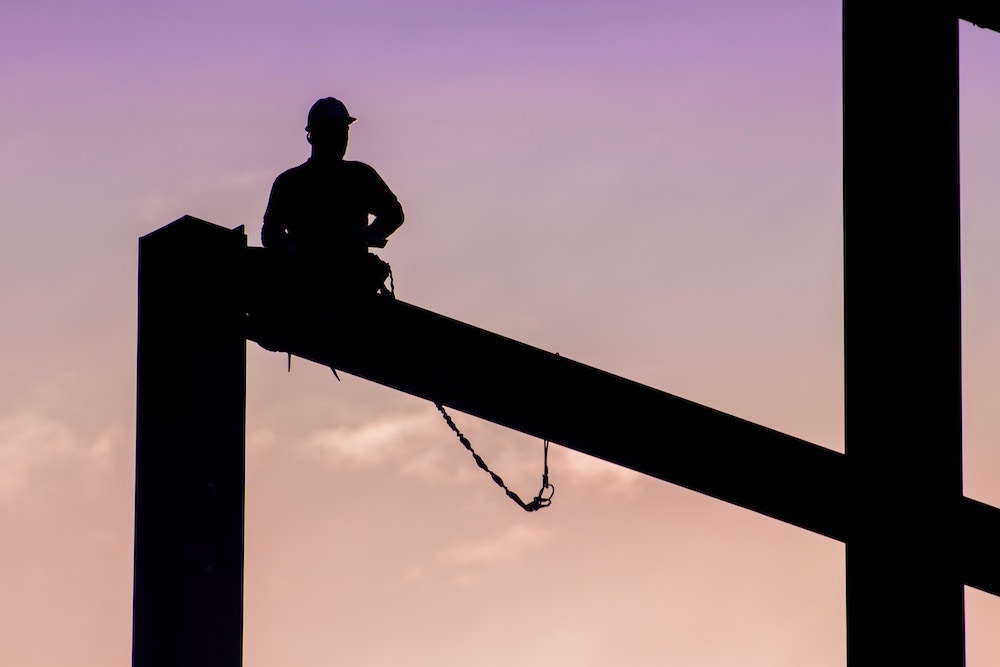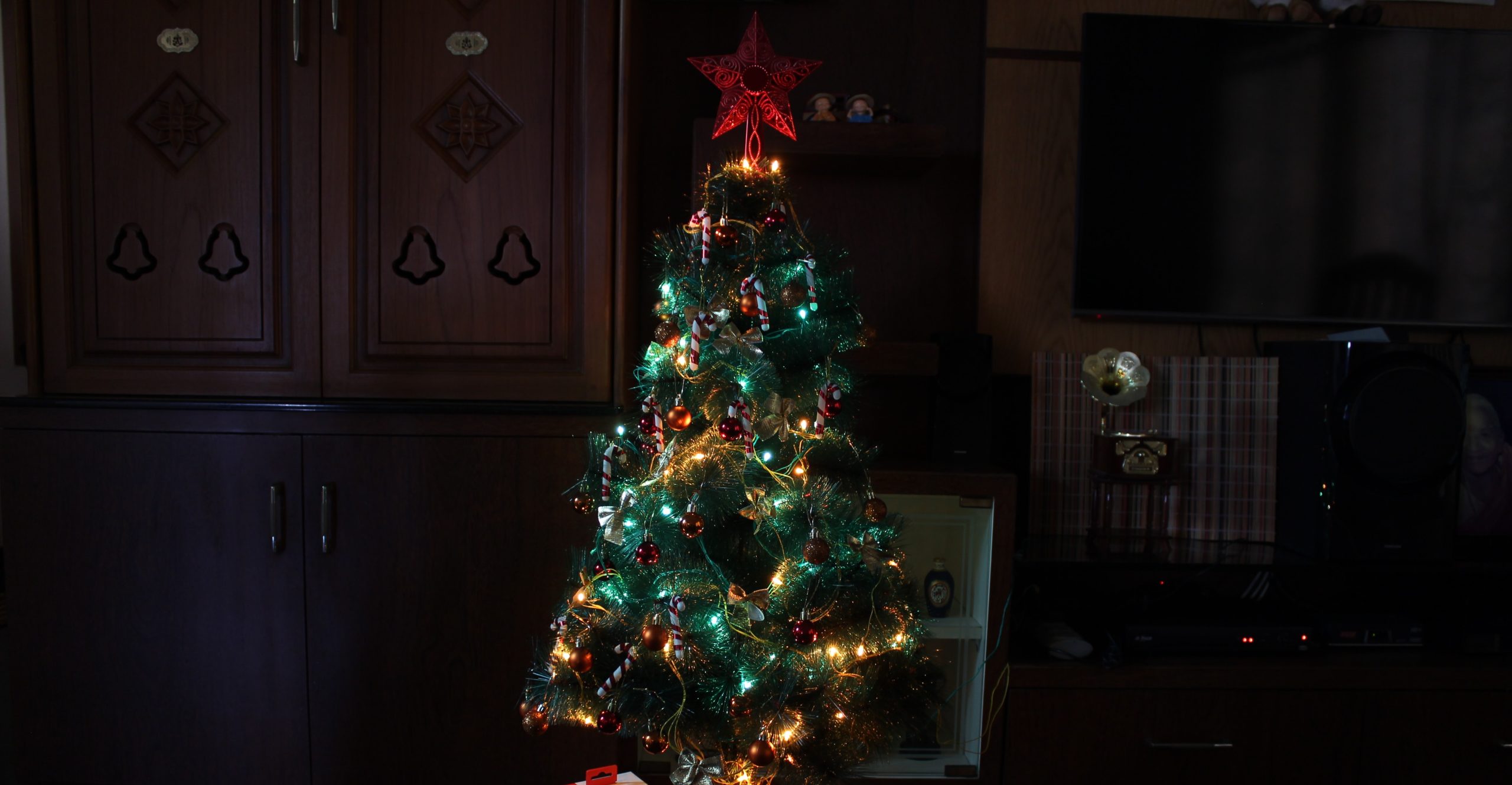Reading Lists
The New Literature of the Midwest
Recent books about the heartland go beyond nostalgia to look towards the future

There is a moment in Meghan O’Gieblyn’s Interior States in which the author, a lifelong Midwesterner, stands inside the physical embodiment of nostalgia. She’s in a place called Greenfield Village, a Michigan theme park created by Henry Ford in the 1920s. Envisioned in the vein of colonial Williamsburg, Greenfield Village is devoted to preserving small town, rural America as it was, before Ford’s own technologies transformed the country into a bustling hive of modernity. According to O’Gieblyn, Greenfield Village was Ford’s corrective to the historical narrative. “It was a place designed to celebrate the inventor, the farmer, and the agrarian landscape that had given rise to self-made men like him,” she writes. On its grounds stand a number of historical buildings that have been transported from across the country, such as Thomas Edison’s laboratory and the Wright brothers’ cycle shop, along with Ford’s own boyhood home. “But the park was never really about history,” writes O’Gieblyn. “It was a sentimental recreation of the landscape of Ford’s boyhood.”
Sentimentality seems to be the main feeling embodied by the people who visit the park in droves every year. Since the great recession, the park has seen a spike in numbers, visitors looking for nostalgic comfort amid the uncertainties of the present. Situated in the shadow of Detroit, a city that has recently become America’s shorthand for its own fear of manufacturing descent, Greenfield Village offers the opposite of blight, a view that eschews the ruin porn popular on Instagram in favor of the quaint, hardworking ethos of small Midwestern towns. It’s hard not to see the two visions as intertwined. If Detroit offers a voyeuristic experience of the decline of the post-industrial Midwest, then Greenfield Village is the willful abnegation of that dark underside of Modernity — a vision of the Midwest as we’d prefer to see it. As O’Gieblyn dubs it, “Midwestworld.”
You know the characters of Midwestworld. There’s a man, let’s call him Ron. He drinks non-craft beer, voted for Trump, and probably works in heating and cooling. His wife, Janice, organizes hot meals for the homeless shelter run by the local evangelical megachurch. They boast often about the mission trip they took to El Salvador (“all the good work we did”) and their son Mason’s ability with a .22 shotgun, while also being wistful about the good old days when the factory in the neighboring town still had good jobs. They are a little downtrodden while also blissfully ignorant of the world outside their purview of God, guns, and outlet malls. They still eat Jell-o.
After the election of Donald Trump, writers descended on the heartland, looking for people like Ron and Janice, asking What happened? Wondering how usually Democratic states like Wisconsin and Michigan had been driven into the hands of Donald Trump, they sought to understand the people of the region. The results of these efforts were a number of articles and books, journalism that sought to describe the inner workings of the middle of the country and decode them for readers presumably stationed in the large coastal cities. Books that could be marketed as an answer to the Trump question saw their stock soar — White Trash, Strangers in Their Own Land. All of these bestsellers fed a growing interest in the center of the country to perpetuate a view of a monoculture: white, working class, a culture in decline, susceptible to nationalism by way of nostalgia. Hillbilly Elegy, the bestselling memoir by J.D. Vance of growing up in rural Ohio, stands out as the ur-text of this genre, an apologist’s explanation of how decades of industrial blight and policy neglect created a class of people vulnerable to strongman politics, nostalgic for the past, eager to reinstitute the power structures of an earlier time.
All of these bestsellers perpetuate a view of a monoculture: white, working class, a culture in decline, susceptible to nationalism by way of nostalgia.
Is this the essential condition of people in the Midwest — nostalgia for a bygone era amid the decay of a once-great manufacturing region? As voters moved to the left in midterm elections in Wisconsin, Illinois, and Michigan, it’s become increasingly difficult to hold up this explanation of things. The idea that economic downturn led people into the arms of false promises has proven less believable than it did in 2016, and the Midwestern states now seem more mystifying than before, harder to pin down with any one theory. This is always the burden of place for writers — how to describe setting that informs the story while avoiding tropes and sentimentality. How to offer fresh details, ones that tell the whole story of the place, opening it up to greater depth and breadth of interpretation?
Interior States offers an implicit rebuke to the idea that the region is defined by sentimentality for the old days when “America was great.” It’s one of the most idea-rich collections I’ve read in recent years, its title indicative of O’Gieblyn’s ability to straddle both analysis of Midwestern ethos and a far more cerebral excavation of modern thought. Raised in a devout Evangelical household, homeschooled, and a graduate of the Moody Bible Institute in Chicago, O’Gieblyn draws on her experience as a former believer to investigate the structures and messages that perpetuate beliefs both religious and secular. The Pure Michigan state tourism campaign is a meaty subject for dissembling, as is the branding of the Creationist Museum near Cincinnati, and the corporate marketing of Christian rock to teenagers in the ’90s. While the book is ostensibly about Michigan, Illinois, Wisconsin, and the other places O’Gieblyn has lived, underneath all that is a careful consideration of the relationship between truth and representation. Interior States is as much a book about branding as it is about politics or place.
An unfailingly logical thinker and sentence stylist, O’Gieblyn is the rare writers as well-versed in the lyrics of Christian rock band DC Talk as she is in the works of philosophers, from early ecclesiastical thinkers up through modern transhumanists like Ray Kurzweil. She backloads her essays with an ongoing analysis of the culture’s relationship to truth. “Ours is a culture that has lost faith in objective authority,” she writes — “one where opinions are swayed not by the integrity of the argument but by the pyrotechnics of its presentation.” It’s a sticking point for her, the line of inquiry that seems to echo personally for a former believer: What happens we confuse the message for the truth?
In attempting to pin down Midwestern literature, definitions become hazy. What are we even talking about when we talk about “the Midwest,” or that more nebulous term, “The Heartland”? The region surely includes the rural parts of Minnesota, Nebraska, and Ohio, but can also stretch as far east as Pennsylvania and upstate New York, and as far west as Montana or Idaho. It’s a phrase that’s mutable depending on one’s purpose. In Paul Takes the Form of a Mortal Girl, by Andrea Lawlor, this mutability is extended to its main character, Paul, whose ability to transform from male to female (including states in between) is the central conceit of the novel. Paul begins a man, then morphs into a woman, as he leaves the University of Iowa one winter in the early ’90s, going first across the Midwest, from Iowa City to Chicago, to the Michigan Womyn’s Music Festival, to the East Coast, and finally to San Francisco. (The novel maintains “he” as a pronoun, even as Paul morphs).
In attempting to pin down Midwestern literature, definitions become hazy. What are we even talking about when we talk about ‘the Midwest,’ or that more nebulous term, ‘The Heartland’?
It would be easy to judge Paul’s gender shapeshifting as simply a not-so-subtle plea for acceptance of the trans and non-binary community, but as a plot device, it also allows the novel to roam adventurously from place to place, with the constant change in setting reflecting Paul’s own physical and mental mutability. With Lawlor’s eye for the details of coffee shops and bars of queer ’90s America, he moves around the country, abusing and exalting himself. Like Kerouac’s On the Road, Lawlor’s novel is a celebration of America’s countercultural spaces, reveling in both the pleasures of their anticipation, and the disappointment of finding them flawed. Through Paul’s eyes, the Womyn’s Music Festival is oppressively exclusive, and the queer folks who people ’90s San Francisco are sometimes exciting, but just as often “lotus eaters” adrift in the spoils of the queer capital. As he finds that his changing body offers him limitless opportunity to reinvent himself, so does he recognize the limits of change, of being constantly in flux, never really tied to anything. Constant reinvention becomes tiresome, yet to stay the same is boredom. Smartly, the novel holds both truths at once, rather than condemning one and exalting the other.
It’s possible that Paul Takes the Form of a Mortal Girl is not so much a Midwestern novel as a novel about leaving the Midwest. Though perhaps this is actually a requirement for a truly Midwestern novel — that characters from the Midwest must leave in order to be tested by the coasts. There is a long tradition of the Midwest as a place from which regular people originate before they are corrupted by worldly forces elsewhere. They get mixed up in all sorts of nasty business before looking back longingly, nostalgically, on a more idealized version of what they left behind. The Great Gatsby may be the most canonical example of this, a template for the American morality tale in which the center of the country is synonymous with a kind of moral centering, a paradise lost. What then, we might ask, could bring anyone back here?
There is a long tradition of the Midwest as a place from which regular people originate before they are corrupted by worldly forces elsewhere.
The answer might be found in novels that see the region not as a monument to the past, but as a site for the future. Given the threat climate change poses to the coasts, its distance from rising oceans and access to freshwater lend it a sense that it might be the only safe place left once the world is gone. In Ling Ma’s Severance, an apocalyptic novel of white collar New Yorkers making a pilgrimage to Chicago after an outbreak of a zombie-making disease from China, Ma’s narrator describes the Midwest as an antidote to the ills of modernity, an “even-keeled, prairie center…it’s long, hardy winters rife with opportunities for canning root vegetables and stone fruits.”
The idea that Americans will one day come back to the Midwest and live picking fruit and milling grain is certainly an appealing one, and one that resonates among apologists and progressives alike. Who would not like to see the region rise again, preferably purveying local, organic, farm-to-table living instead of cars, and this time including the historically marginalized groups that were exploited and excluded the first time around? “Such an environment could only benefit our better natures,” writes Ma’s narrator, sounding like either a shepherd or a marketing expert branding the Midwest as a bucolic destination to weary New Yorkers. “We would set up camp in the lake breeze, lay down roots for our new lives, and procreate gently among ourselves.”
Ma’s novel points perhaps to how the Midwest is being remade in the public consciousness — not as a place at all, but as a product, a lifestyle “destination” designed to satisfy the nostalgia that all Americans have now for a time past. As the empire seems more precarious than ever, deeply unequal, assailed by economic competition from overseas, and increasingly prone to authoritarianism, then perhaps that nostalgia — presumed to be Midwestern — is actually a national affliction. It’s no accident that the mysterious disease that has turned everyone to zombies in Severance originates in a Chinese manufacturing plant. If the fear of national decline can be personified in the hollowed lifelessness of the human body, then the trip back to the center of the country, to simpler times, is the return the fullness of life before modernity. It sounds a lot like what Henry Ford had in mind.








